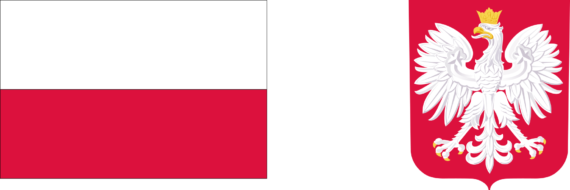UCGWater+ – Coal- and bio-based water remediation strategies for underground coal gasification and beyond

The aim of the UCGWATER+ project is remediation of waters contaminated with organic and inorganic compounds from the underground coal gasification (UCG) process. Due to the nature of the contaminants, combinations of three chemical-biological remediation methods @ błąd w wersji polskiej: metody/metod will be used: (1) (electro)coagulation, (2) adsorption - the use of polymer and carbon adsorbents derived from coal processing by-products and residues as a way of reusing them and achieving the goal of circular economy; and (3) bioremediation with the use of water plants and microorganisms (wetlands).
Combinations of the three methods mentioned above will be assessed in terms of their: maximum efficiency (i.e. removal of contaminants = industrial water remediation degree), potential use for remediation of other industrial waters from coal and metallurgical industries (universality of the method), technical and economic feasibility. In addition to the development of a method for remediation of water from the underground coal gasification process, the added value of the project is the use of coal processing by-products to build new carbon adsorbents dedicated to particular, mainly organic contaminants.
Previous studies have shown that waters from underground coal gasification are heavily contaminated and toxic. Many of these contaminants (benzene, anthracene, naphthalene, polyaromatic hydrocarbons and heavy metals) are on the list of priority substances under the EU Water Framework Directive. Their concentrations in the waters coming from the UCG process significantly exceed the maximum allowable concentrations. Design studies will be carried out within 8 work packages (WPs), which are closely related to each other.
The Institute for Ecology of Industrial Areas (IETU) is the coordinator of WP8, responsible for the design and implementation of biological methods of water remediation. The tasks concern three research stages: (1) laboratory tests, (2) tests on a bioreactor scale, and (3) tests on a semi-technical scale. In these studies, apart from traditional microbiological methods, methods of metagenome testing (metagenomics) will be used. Microbiological tests will cover: (i) isolation and characterisation of endophytic bacteria in aquatic plants used in the system; (ii) determination of the biodegradation potential of the isolated strains of bacteria or their consortia; (iii) study of the wetland system using bioaugmentation and the developed adsorbent; (iv) use of metagenomics to monitor metabolic activity and biodiversity and to study the biofilm formed on the surface of the adsorbent; (v) assessment of water toxicity during the remediation process.
Each of the proposed research stages aims to provide information useful in developing an effective remediation method for waters from the UCG process. The intention of the authors of the project is to develop a universal method of remediating industrial waters coming from coal, coke and metallurgical industries. Moreover, in the future, these studies could be used to build a testing apparatus for a small-scale engineering technology platform. The benefits of the developed testing system are: low energy consumption, low waste production and easy management and maintenance.
Project consortium
Agencia Estatal Consejo Superior de Investigaciones Científicas (CSIC), Spain (Coordinator)
Central Mining Institute (GiG), Poland,
Centre National de la Recherche Scientifique (CNRS), France,
Institute for Chemical Processing of Coal (IChPW), Poland,
Institute for Ecology of Industrial Areas (IETU), Poland,
Bilbaina De Alquitranes Sociedad Anonima (BASA), Spain,
Polish Mining Group (PGG), Poland
Project implementation period: 01/09/2021 - 31/08/2024
Grant Agreement No.: 101033964
Project coordinator at IETU: Prof. Grażyna Płaza, email:
Project website: www.ucgwaterplus.eu
Source of funding: The UCGWater+ project is funded by the EU Research Fund for Coal and Steel and from the funds of the Polish Ministry of Education and Science.










